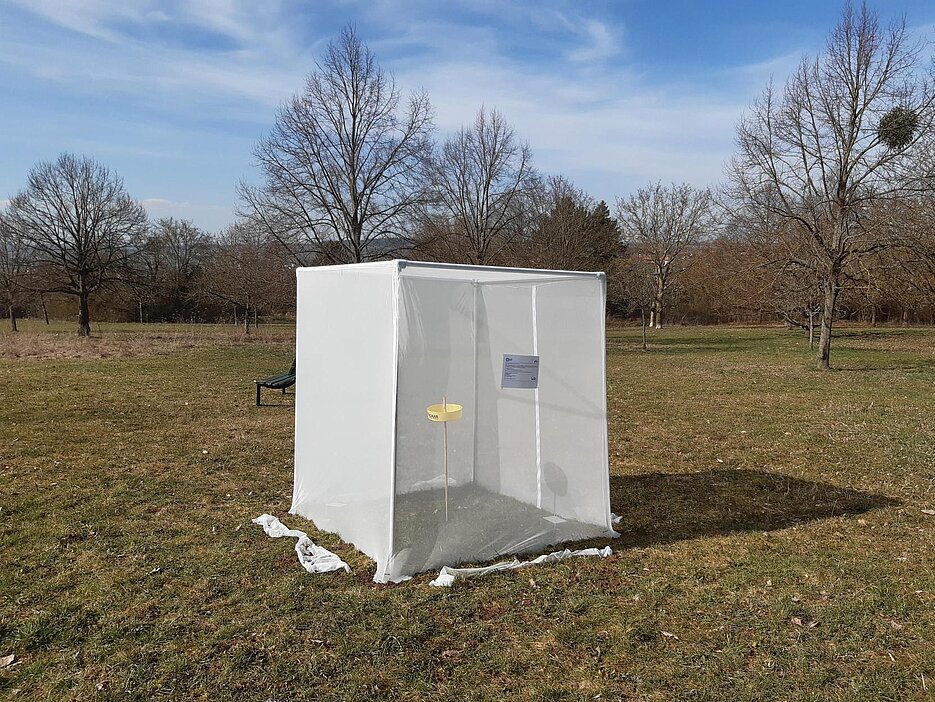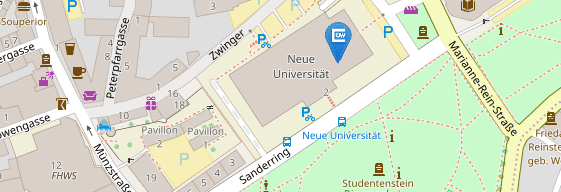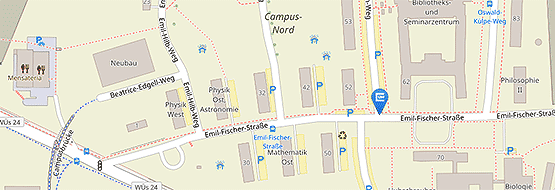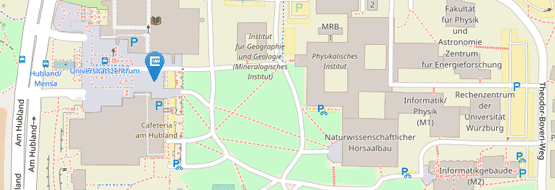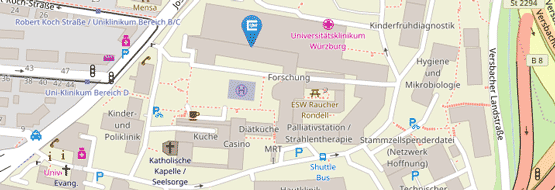The city as overwintering habitats for insects
03/25/2025Which insects overwinter in Würzburg's green spaces? As part of our research project UrbanPArt, we are setting up traps throughout the city to find out.
Urban green spaces are not only important for recreation and the local climate but also serve as habitats for many animal and plant species. Our research project UrbanPArt is investigating whether, and if so, which insect species hibernate in these areas.
Refuges in the city are rare
As temperatures rise in spring, it’s not just people who are drawn outside into the sun — many insects and spiders also end their winter dormancy. The first to become active are those species that have overwintered as fully grown adults in the soil or dense vegetation. After several weeks or months, species that survived the winter as eggs, pupae, or larvae follow.
What all these species have in common is their need for protected and undisturbed habitats, such as hedges, uncut strips of grass, or fallen leaves, to survive the winter unharmed. In urban green spaces, these structures are often scarce, especially when these areas are intensively mown or used for recreation during the warmer months. The UrbanPArt project in Würzburg is investigating whether insects still manage to overwinter in these spaces and what influence mowing in the previous year has on them.
Traps at various locations in the city
To study insects and spiders emerging from winter dormancy, we have recently set up emergence traps at 12 green spaces throughout the city, including in Lehnleite, Ringpark, and Campus Hubland. These cage-like structures, covering an area of just over two square meters, enclose all insects and spiders still present in the soil or vegetation.
As temperatures rise, the emerging insects are collected in traps within the cages. The specimens are then taken to the lab, where they are counted and identified. The traps will remain in place until the end of July to ensure that even species that develop into adults later in the season are recorded.
The project team kindly asks that the cages not be opened under any circumstances.
Towards greater biodiversity
The study includes both large, semi-natural areas on the outskirts of the city and intensively or extensively managed green spaces in the city center.
By comparing extensively managed semi-natural areas with intensively used urban green spaces, the UrbanPArt project aims to generate new insights that will help make urban green space management more biodiversity-friendly. The project is collaborating closely with Würzburg’s Parks and Gardens Department, which has already been maintaining some of the study areas extensively for several years—helping to promote biodiversity within the city.
(AI-assisted translation)


![[Translate to Englisch:] Schaumzikade an einer krautigen Pflanze](/fileadmin/_processed_/f/f/csm_Slider_2_Schaumzikade_d4619c9ebf.jpeg)
![[Translate to Englisch:] Versuchsaufbau mit Samenplatte und Käfig](/fileadmin/_processed_/3/c/csm_Slider_7_Samenplatte_ad189e1bec.jpeg)
![[Translate to Englisch:] Eine Spinne in ihrem Netz zwischen Kräutern](/fileadmin/_processed_/e/d/csm_Slider__-_1_095079c407.jpeg)
![[Translate to Englisch:] Herbstlicher Buchenwald mit Messinstrumenten](/fileadmin/_processed_/9/8/csm_Slider_6_Explos_Wald_Alb_d3e5e2583f.jpeg)
![[Translate to Englisch:] Eine sehr kleine Spinne an einer gelben Blüte](/fileadmin/_processed_/d/6/csm_Slider_4_Spinne_651e2ee496.jpeg)
